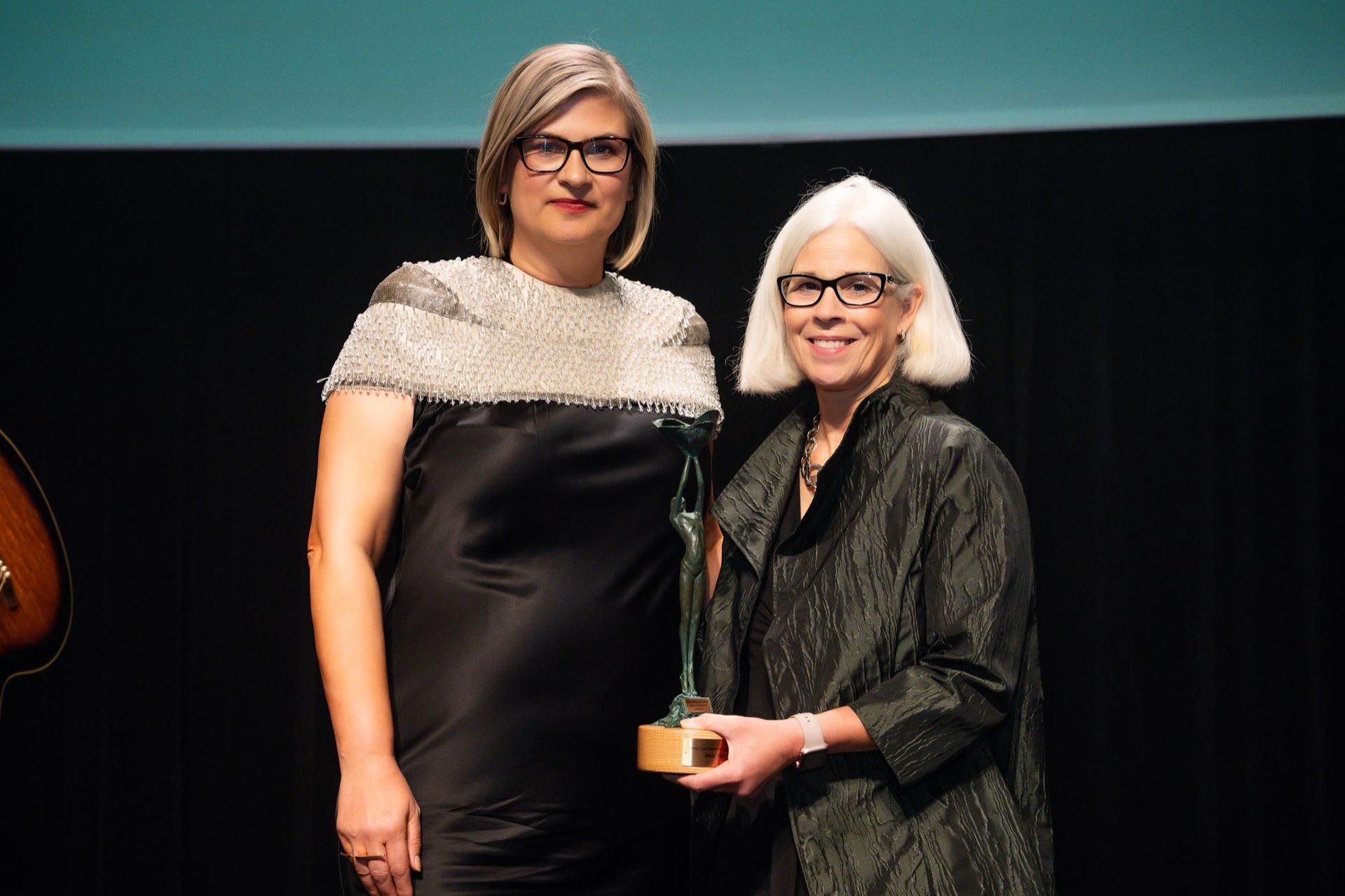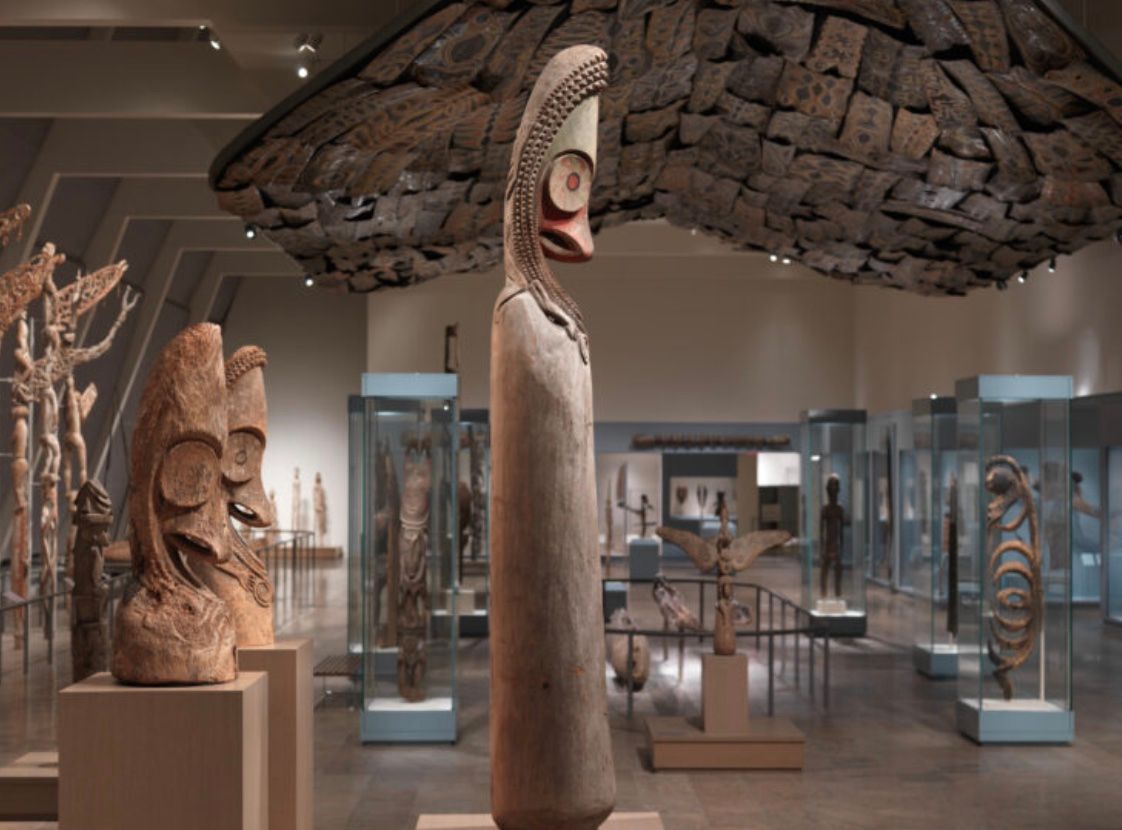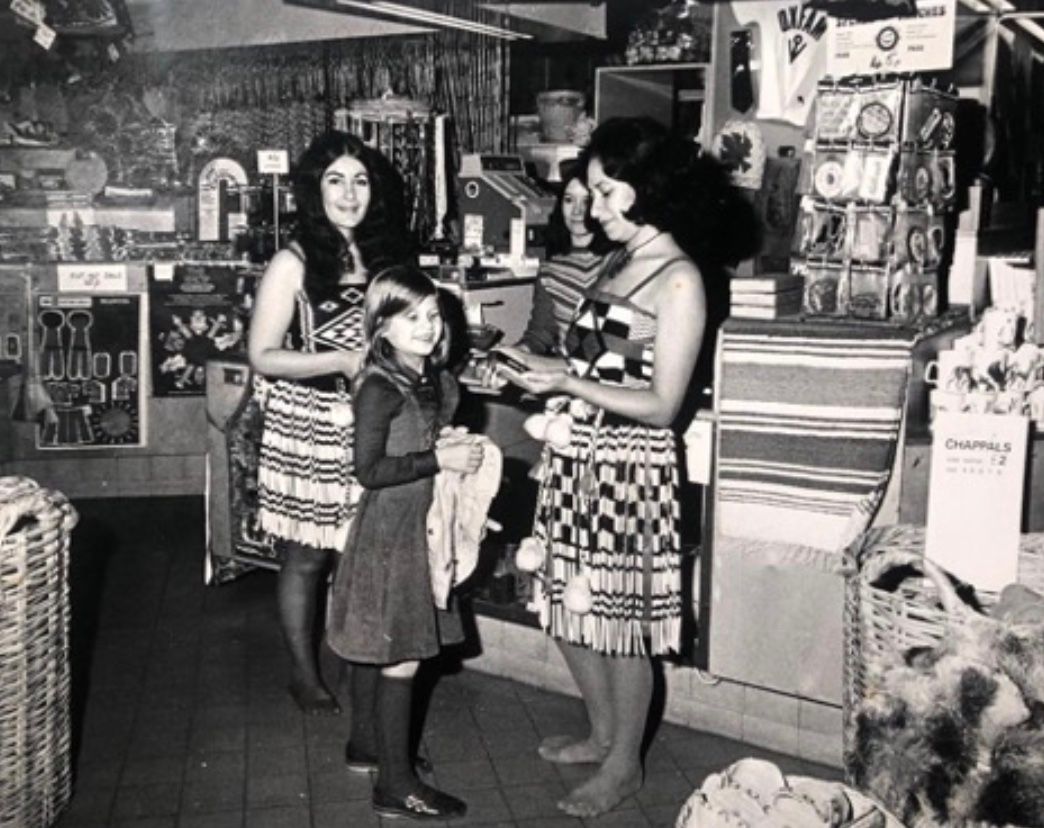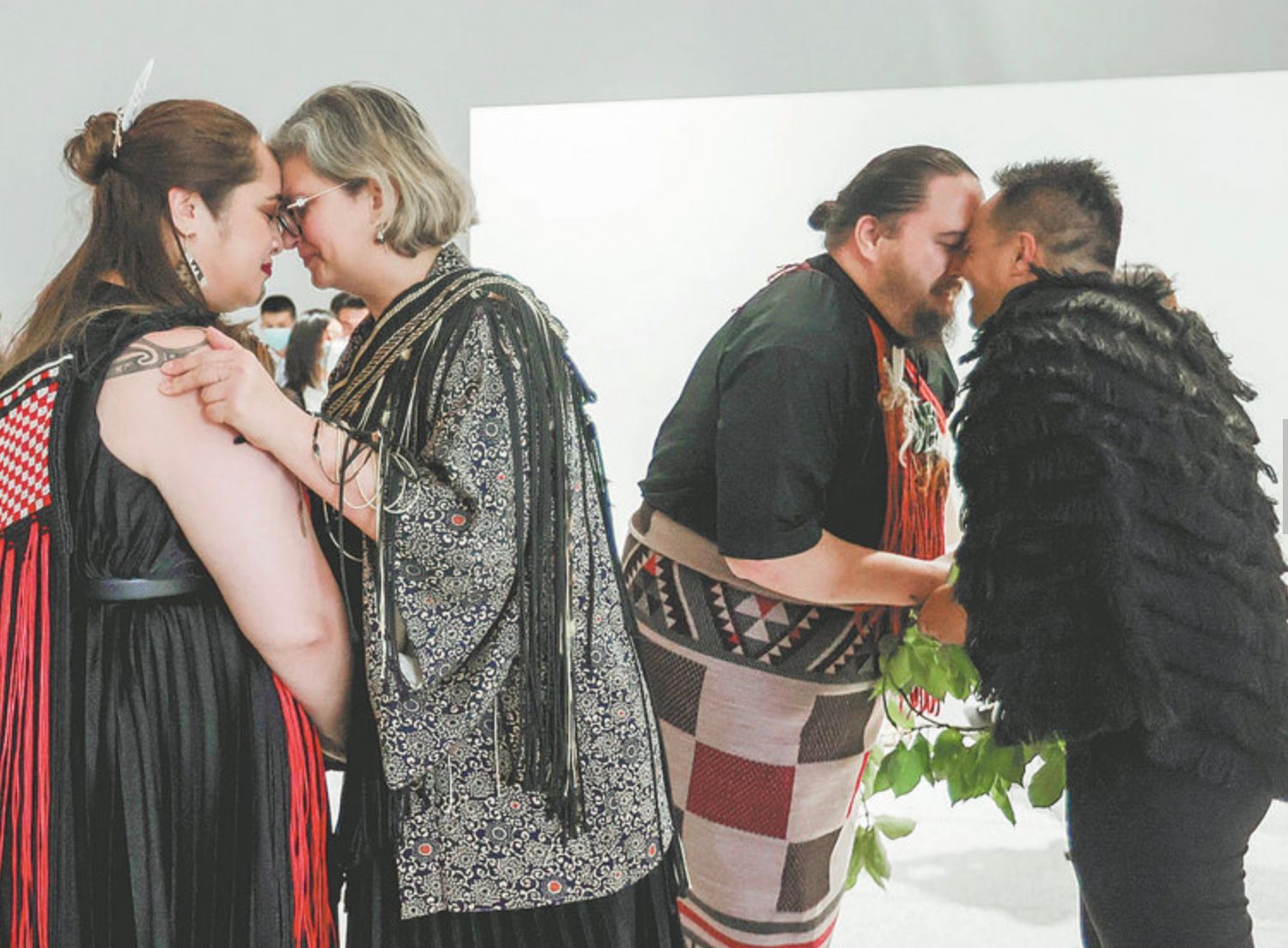Groundbreaking Wāhine Curator Rules Supreme
The Big Idea's Kim Meredith speaks with the freshly crowned Kea World Class New Zealand Awards Supreme Winner - Dr Maia Nuku, Oceania Curator for New York's Metropolitan Museum of Art.

British-born Maia Nuku watched her mother Esther Jessop (QSM) help create Ngāti Rānana (London Māori Club) - a United Kingdom village that has welcomed visiting Māori for the past six decades.
Awarded the Supreme Winner of the Kea World Class New Zealand Awards and honoured as a global leader in her field; the curator has consulted with museums around the world about indigenous art, in short creating a global village for Māori and Pasifika.
Nuku (Ngāitai) told The Big Idea winning the Supreme Award was incredibly special, with whānau in the audience tautoko her special moment.
“It’s like I’m a vessel for all of them. I feel like I’m channelling them anyway, I just actually enjoyed it, coming together. I was just in the moment, what an amazing night!”
Sitting down for an in-depth discussion with the award-winning curator, I was initially captivated by hearing te reo beautifully spoken in a British accent, as she talked about the role of holding space for Māori and Pasifika and the enormity of such a responsibility.
Home for the past nine years has been Spanish Harlem in New York City, just off Central Park near her workplace of The Metropolitan Museum of Art. Nuku is the first indigenous Pacific person (and first wāhine) to hold a curatorial position at the institution, where she is kaitiaki of 2800 taonga.

“It’s just basically a platform to raise the profile of our artists over there, because we need to be there - everyone looks to New York,” emphasising the need for indigenous art to have a presence in a city considered the epicentre of creativity.
“I just want to take the energy of our artists from here and over there, and have people see that. And so, the award for me is about creating that profile, and that space and showing that it’s time - Oceanic art is having its moment!”
Having never lived in Aotearoa New Zealand, Nuku as a London-born Māori is testament to the deep connections within Polynesia - anchored firmly to the tiny coastal settlement of her iwi in Tōrere, just 20 kilometres north-east of Ōpōtiki.
Despite her immediate whānau scattered across the world - London, New York, Singapore, Germany, and Aotearoa - they remain tight-knit in their global village.
Love is at the heart of her story. It was the start of the 20th century when her Scottish grandfather came to New Zealand in 1908, eventually marrying her grandmother from Tōrere. Nuku’s mother Esther, tracing her Pakeha roots, set sail to England in 1958 and while in Edinburgh, met an Englishman called Jeff Jessop.
Nuku says her mother and a Canadian girlfriend were flatting and shared a landing with a man who not only cooked for himself but also worked abroad.
“So, he was a bit of a mystery man. And eventually, he asked my mum to go to a dance… so they got together but she kind of didn't want to get caught in England.”
Nuku explained how her mother eventually returned home with her father soon in tow, following her to New Zealand. “And part of my dad's genius was not to have her feel trapped… I think he reassured her by saying: 'You know, we can always come back, we'll always come back to see your family.'”
Which the Jessop family did - every year - Nuku exclaiming that her grandmother had lived to the ripe old age of 104. “So, he honored that!”
It was that very promise that sealed Nuku’s fate, deepening her knowledge of Māoritanga; the frequency of visits built strong and lasting connections and in return, they hosted visiting whānau and dignitaries who ventured up to London.

“He built these amazing connections and ties with our whānau here," she said of her father Jeff. “And then they obviously all came through London through the seventies and eighties… different generations of cousins would come over and stay with Auntie Esther.”
That meant the young Nuku probably had more kanohi ki te kanohi (face-to-face) than most of us with our own families, with visiting whānau landing in London before embarking on their OEs across Europe.
“And we were hosting people at the New Zealand High Commission. So, I was very exposed to a lot of oratory and whaikorero… we were just the home team. The tangata whenua welcoming bishops, sports teams… war veterans, Māori Battalion members, and some people from our club would take them over to the war graves.”
There were also the likes of visiting curators and anthropologists that exposed Nuku early on to the cultural landscape of museums; particularly as Ngāti Rānana were called on to consult with institutions such as the British and Manchester museums, sparking her initial interest in curation.
“I feel that when I was thinking what contribution I could make, as a London-born Māori. At one point, when I was doing all my studies - which was partly about me trying to figure out all these different facets of myself - I remember thinking I could maybe help people feel safe in them, in that museum space, which is very contested for a lot of people.”

At a time when museums are coming under close scrutiny, Nuku has successfully leveraged her position as a global leader to engage the wider world about Pacific art.
“That's what I love to do, is use the collection for us to learn more about ourselves now… how can we get these young ones, Pacific Island and Māori into the collections because there's such an archive of indigenous knowledge,” she said of the task to engage the next generation with their history, unlike her 15-year-old son who’s grown up around museums.
“And let's roll up our sleeves and get in there and figure it out. Because it [history] wasn't just black and white - it is complex, it is really nuanced.
"That's our duty to do that, I think, but we'll also heal from it and flourish because we’ll learn so much.”